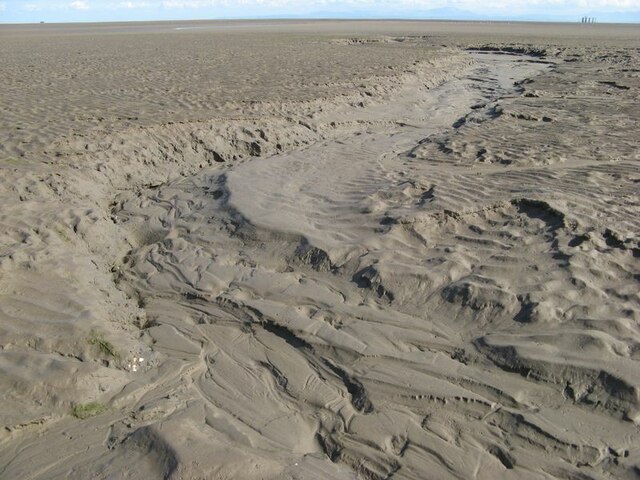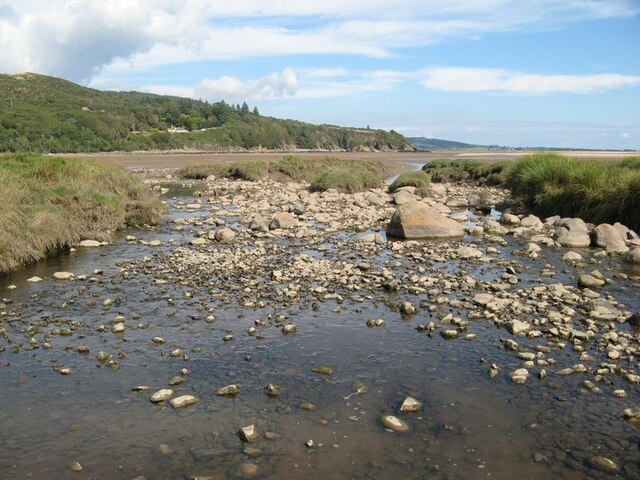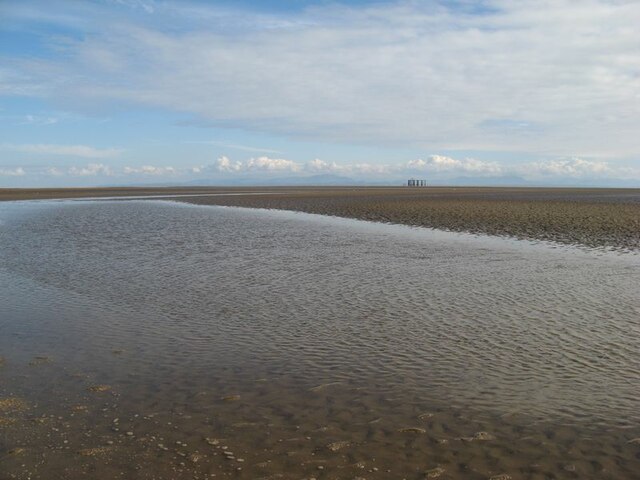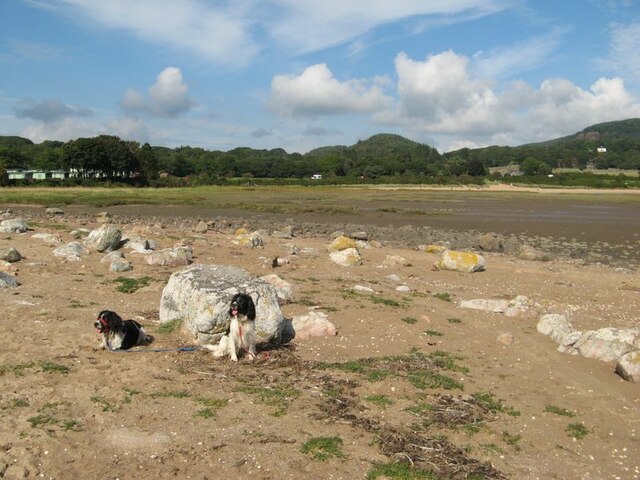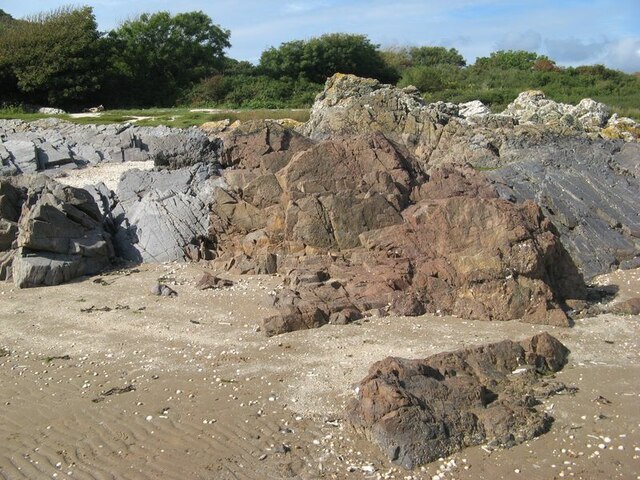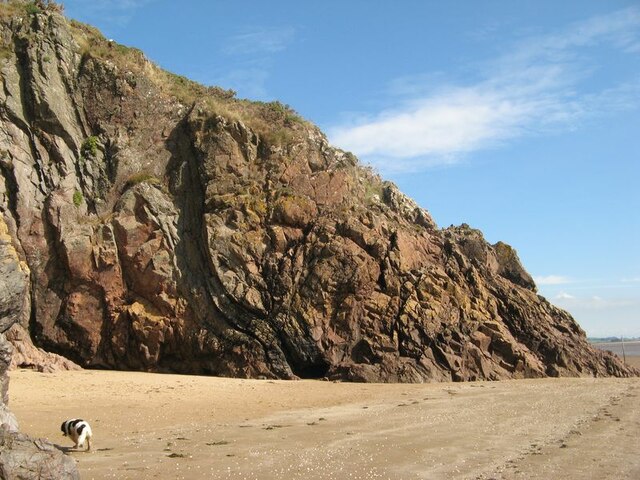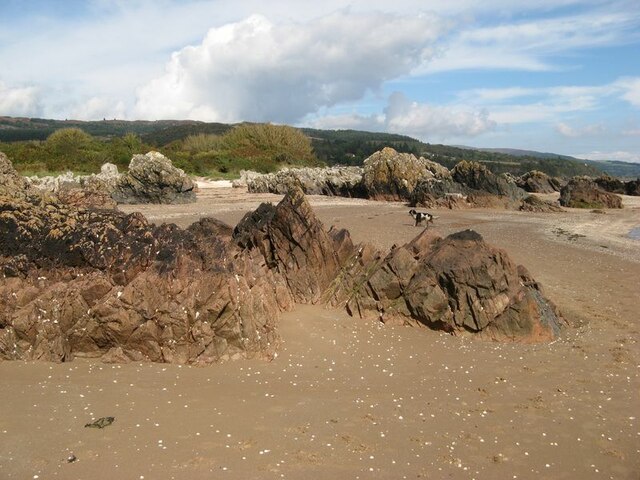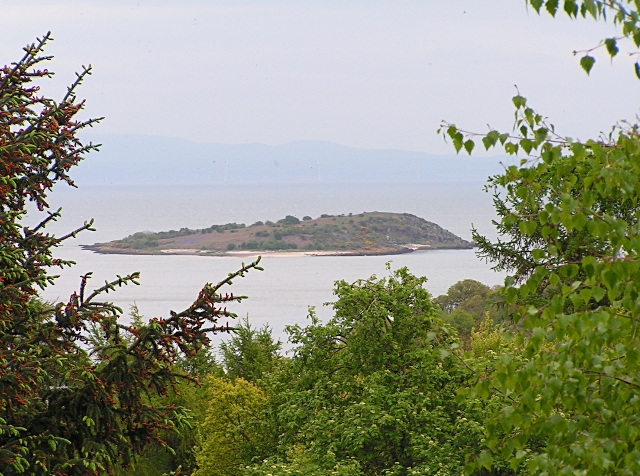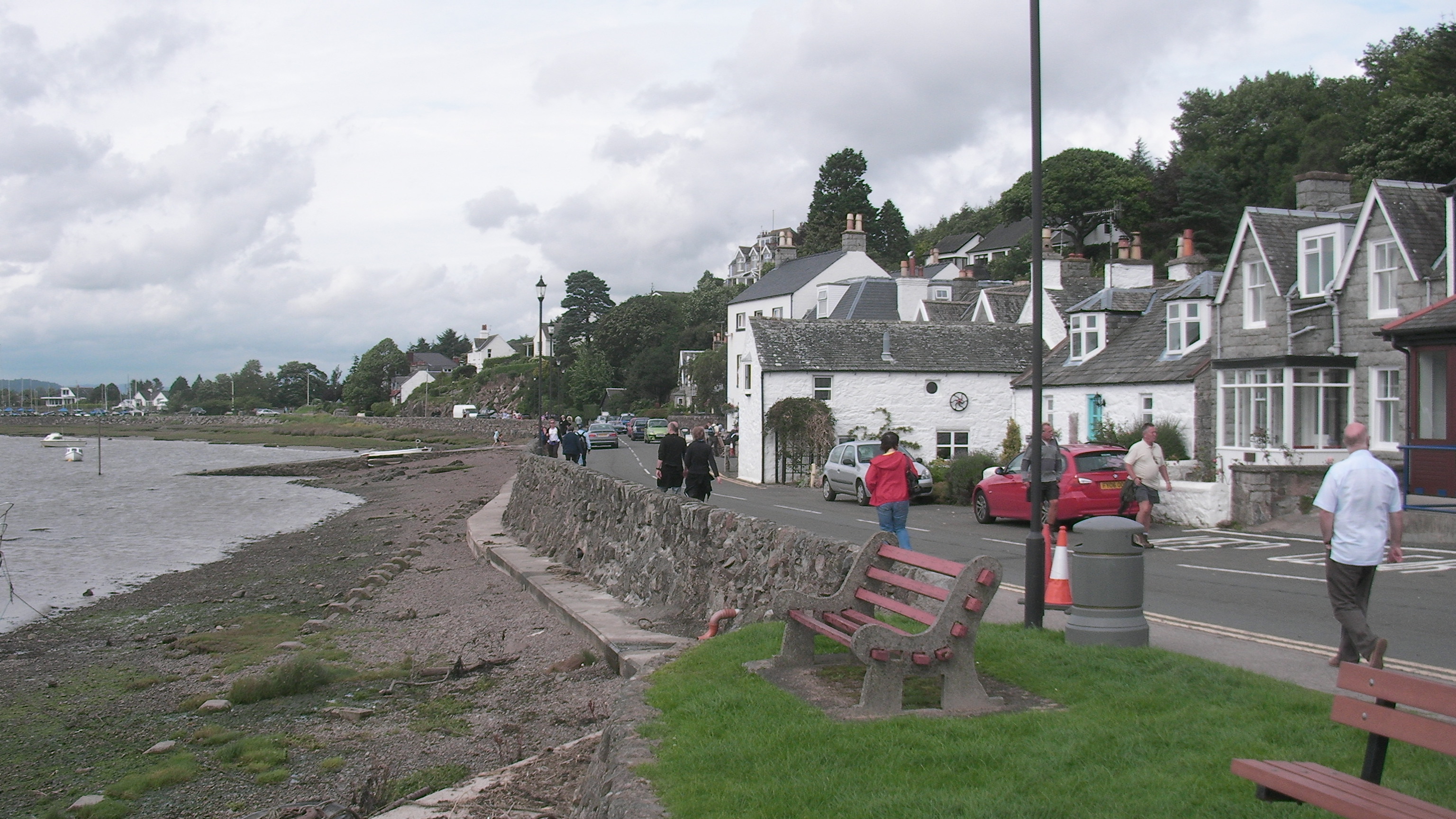Portling Bay
Bay in Kirkcudbrightshire
Scotland
Portling Bay
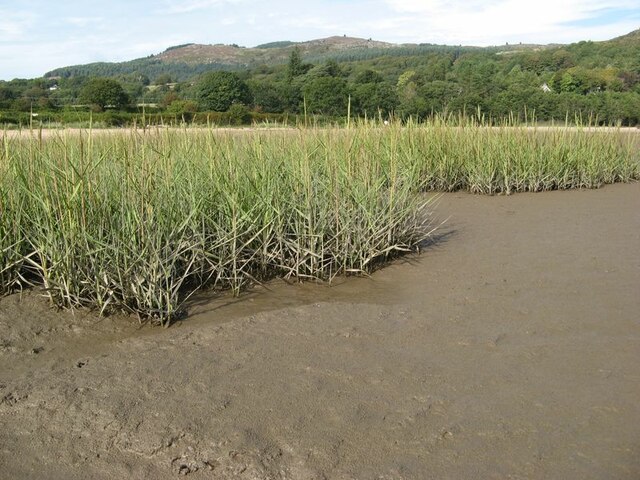
Portling Bay is a picturesque coastal area located in the historic county of Kirkcudbrightshire, Scotland. Situated along the Solway Firth, the bay offers stunning views of the surrounding landscape and is a popular destination for outdoor enthusiasts and nature lovers.
The bay is characterized by its sandy beaches, rocky cliffs, and crystal-clear waters. It is known for its tranquility and unspoiled natural beauty, attracting visitors looking to escape the hustle and bustle of everyday life. The bay is also home to a diverse range of wildlife, including seabirds, seals, and occasionally dolphins.
Portling Bay is a haven for water sports enthusiasts, with activities such as kayaking, sailing, and windsurfing being popular choices among visitors. The bay is also a great spot for fishing, with a variety of fish species inhabiting its waters.
For those who prefer land-based activities, Portling Bay offers scenic coastal walks and hiking trails that provide breathtaking views of the bay and its surroundings. The area is dotted with charming villages and historical landmarks, making it an ideal destination for exploring the local culture and heritage.
In terms of amenities, Portling Bay offers limited facilities, including a small car park and public toilets. However, nearby towns such as Kirkcudbright provide additional services, including accommodation, restaurants, and shops.
Overall, Portling Bay in Kirkcudbrightshire is a hidden gem on Scotland's coastline, offering visitors a peaceful and idyllic retreat with its natural beauty, outdoor activities, and rich wildlife.
If you have any feedback on the listing, please let us know in the comments section below.
Portling Bay Images
Images are sourced within 2km of 54.86847/-3.739991 or Grid Reference NX8854. Thanks to Geograph Open Source API. All images are credited.



Portling Bay is located at Grid Ref: NX8854 (Lat: 54.86847, Lng: -3.739991)
Unitary Authority: Dumfries and Galloway
Police Authority: Dumfries and Galloway
What 3 Words
///crops.lived.postings. Near Dalbeattie, Dumfries & Galloway
Nearby Locations
Related Wikis
Colvend and Southwick
Colvend and Southwick is a community council area and civil parish within the Stewartry area of Dumfries and Galloway, Scotland. It is also part of the...
Rough Island, Scotland
"Rough Island" is also used as a translation of "Garbh Eilean", a common Scottish name for islandsRough Island is a 20-acre (8 ha) uninhabited tidal island...
Rockcliffe, Dumfries and Galloway
Rockcliffe is a small, coastal village in Kirkcudbrightshire, Dumfries and Galloway in Scotland, with a view of Rough Island, Hestan Island, the Solway...
Kippford
Kippford (/ˈkɪpfəd/; otherwise Scaur) is a small village along the Solway coast, in the historic county of Kirkcudbrightshire in Dumfries and Galloway...
Rough Firth
Rough Firth is an inlet on the northern coast of the Solway Firth in the Stewartry area of Dumfries and Galloway, Scotland. The firth lies between Almorness...
Hestan Island
Hestan Island is a small coastal island at the southern foot of the River Urr estuary in the Solway Firth, in the historical county of Kirkcudbrightshire...
Palnackie
Palnackie is a village in the parish of Buittle in the historical county of Kirkcudbrightshire in Dumfries and Galloway, Scotland. It has a population...
Urr Water
Urr Water or River Urr (arc. River Orr) is a river in which flows through the counties of Dumfriesshire and Kirkcudbrightshire in southwest Scotland....
Nearby Amenities
Located within 500m of 54.86847,-3.739991Have you been to Portling Bay?
Leave your review of Portling Bay below (or comments, questions and feedback).
